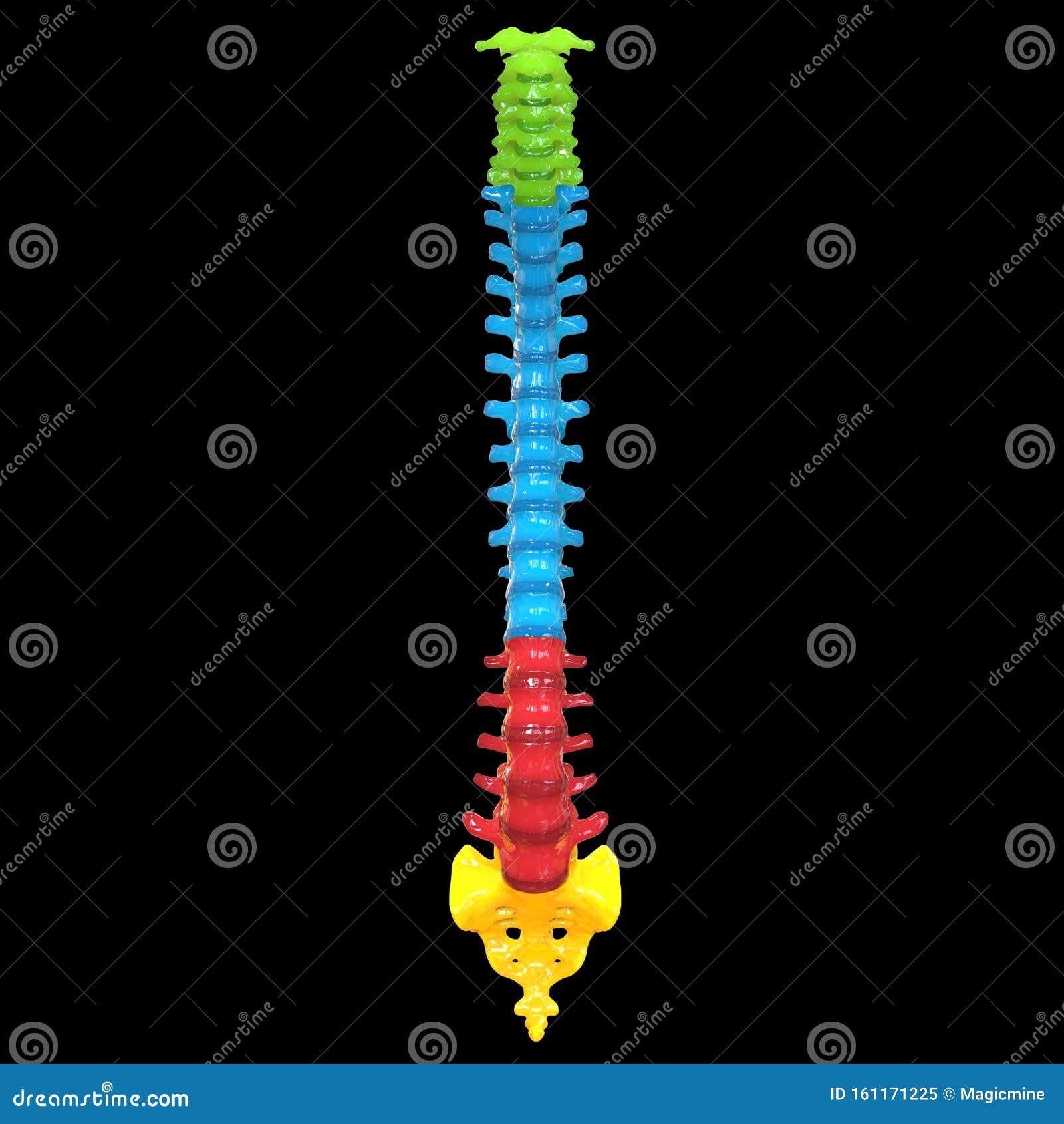

They join with the lateral aspects of the laminae posteriorly. the pedicles which are short, thick bilateral processes that protrude posteriorly from the posterolateral corner of the vertebral body forming the lateral walls of the vertebral foramen.The neural arch is comprised of the bone posterior to the vertebral body which has several individual components that are fused to form a ring (the vertebral foramen) that encloses the spinal canal. Each vertebra articulates with the vertebrae above and below it via an intervertebral disc. The size of the vertebral bodies increases down the spine as the size and weight of the body it has to support above it increase. The vertebral body is the large anterior cylindrical portion that is predominantly responsible for bearing the weight of the spine and body above it. These basic characteristics vary depending on the function of each individual vertebra. These synovial joints give the spine it's flexibility by sliding on the articular processes of the vertebra below.Vertebrae, apart from those that are atypical, have a similar basic structure which can be described as an anterior vertebral body and a posterior neural (or vertebral) arch. Facet Jointįacet joints are the paired articular processes of the vertebral arch. It begins at the brain stem and is held within the spinal canal until it reaches the beginning of the lumbar vertebra.Īt L1 the spinal cord resolves down to a grouping of nerves that supply the lower body. The spinal cord is the means by which the nervous system communicates the electrical signals between the brain and the body. The disc has fibrous outer rings called the annulus fibrosus with a watery jelly filled nucleus called the Nucleus Pulposus. The intervertebral disc sits between the weight bearing vertebral bodies, servicing the spine as shock absorbers. Known as the Pars, it is the part of the vertebral arch where the pedicle, transverse process and articular process transect. The purpose of the canal is to create a bony casing from the head to the lower back through which the spinal cord passes. This canal is formed by the placement of single vertebral foramina one on top of the other to form a canal. The laminae of the vertebra can be described as a pair of flat arched bones that form a component of the vertebral arch. The spinous process forms a steeple at the apex of the laminae, and is the part of our spine that is felt directly under the skin. The laminae forms the arch itself while the transverse process spread out from the side of the pedicles like wings to help anchor the vertebral arch to surrounding muscle. The strong 2 pedicles join the vertebral arch to the front body. The back portion of the vertebra is referred to as the vertebral or neural arch and is made up of many parts. VertebraĪ single vertebra is made up of two parts, the front portion is called the body, cylindrical in shape, and it is strong and stable. The sacrum is a triangular plate made up of five fused vertebral segments while the four coccyxes terminate the bony spine. The lowest region of the spine is the sacrum and coccyx. The 5 lumbar vertebrae are the largest of the mobile vertebrae and supports 2/3 of the body's weight.

As we move down the body, the next 12 vertebrae make up the thoracic region or mid back from which the ribs are hinged. The uppermost is the cervical region, consisting of 7 small vertebrae that form the neck. The vertebra and discs form a column from your head to the pelvis giving symmetry and support to the body. It is made up of bony segments called vertebra and fibrous tissue called inter vertebral discs. The spine also called the back bone is designed to give us stability, smooth movement as well as providing a corridor of protection for the delicate spinal cord.


 0 kommentar(er)
0 kommentar(er)
